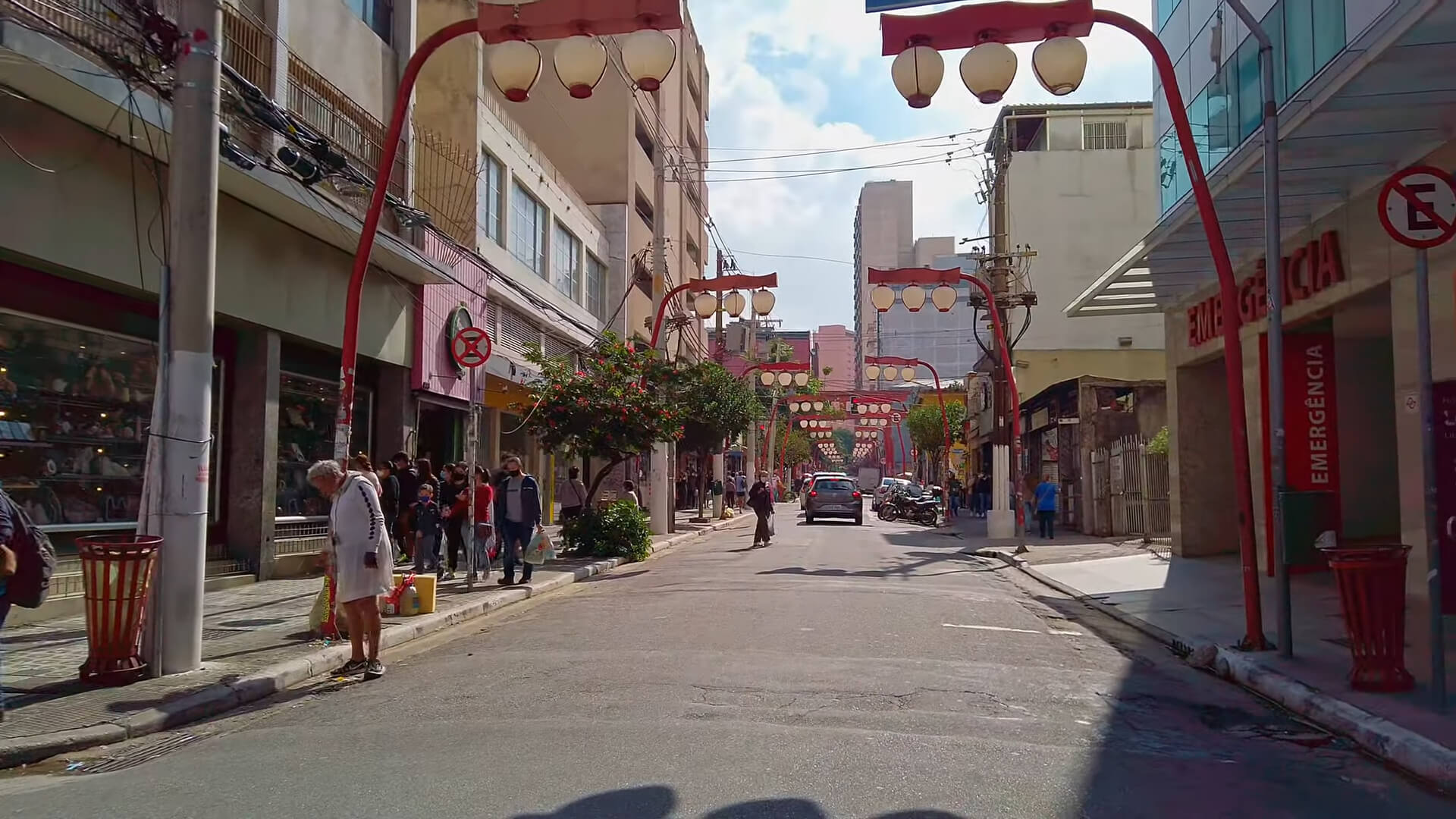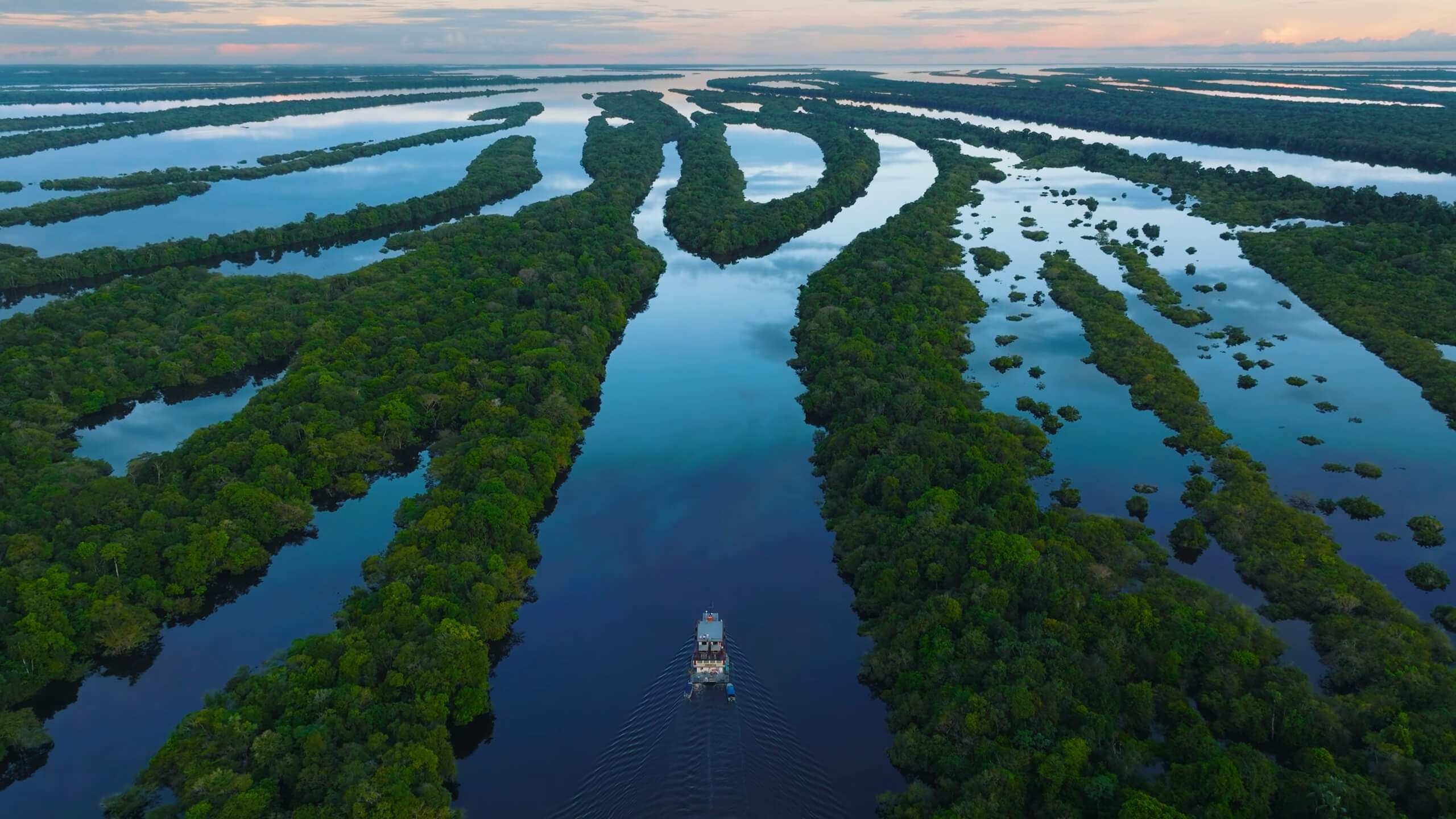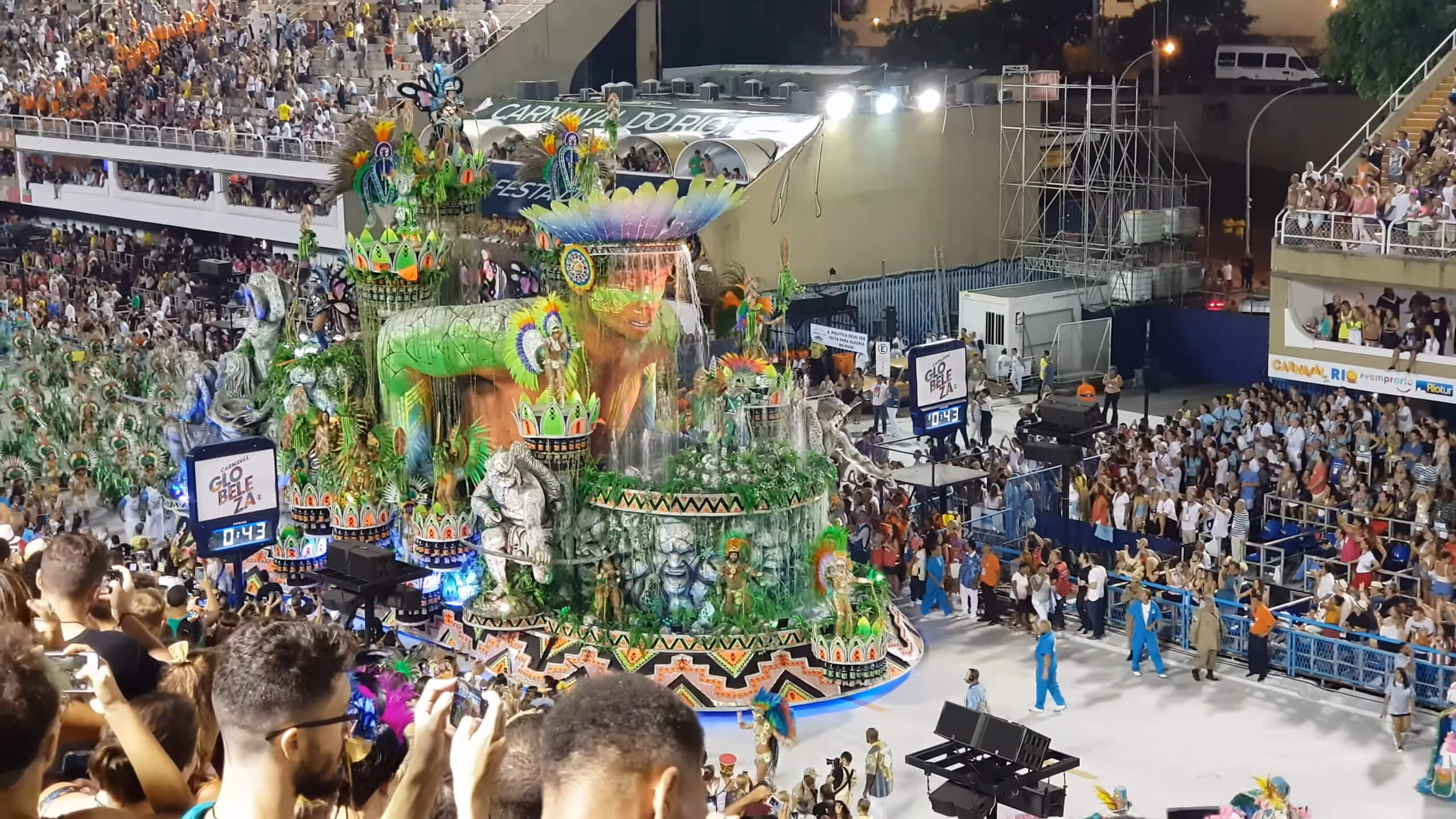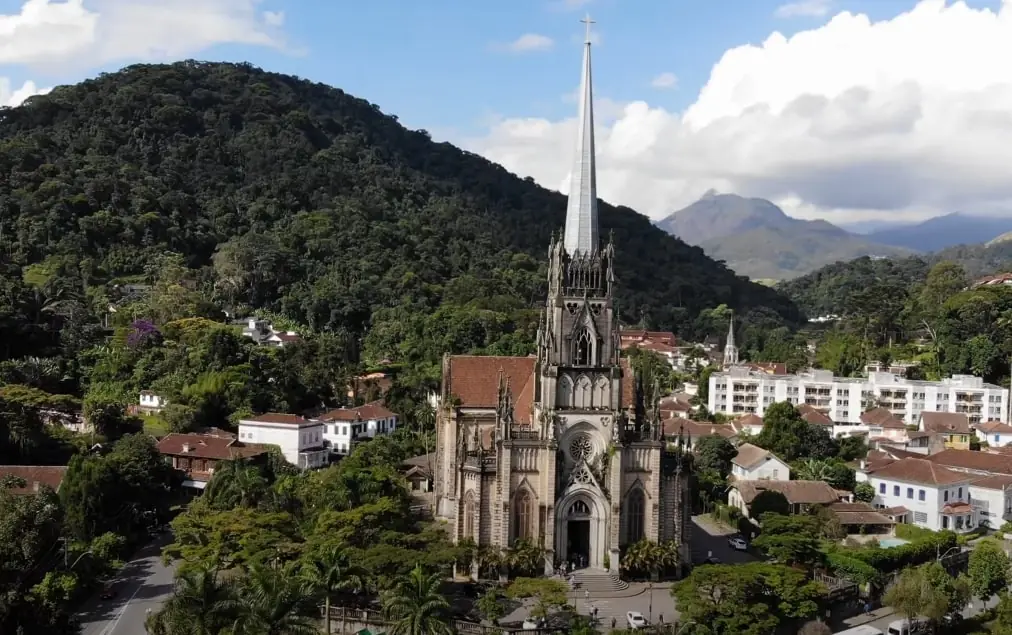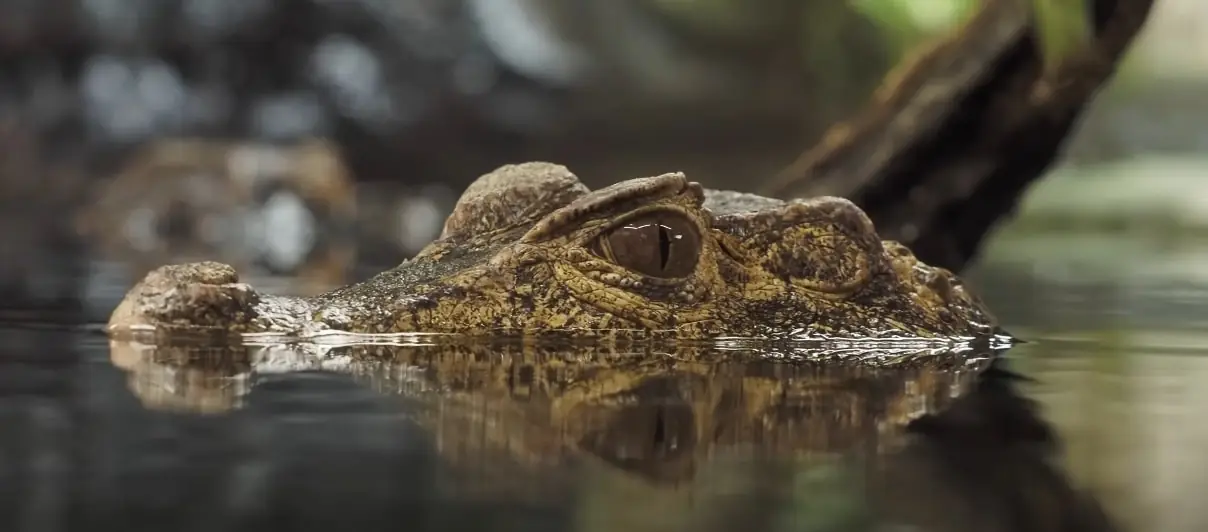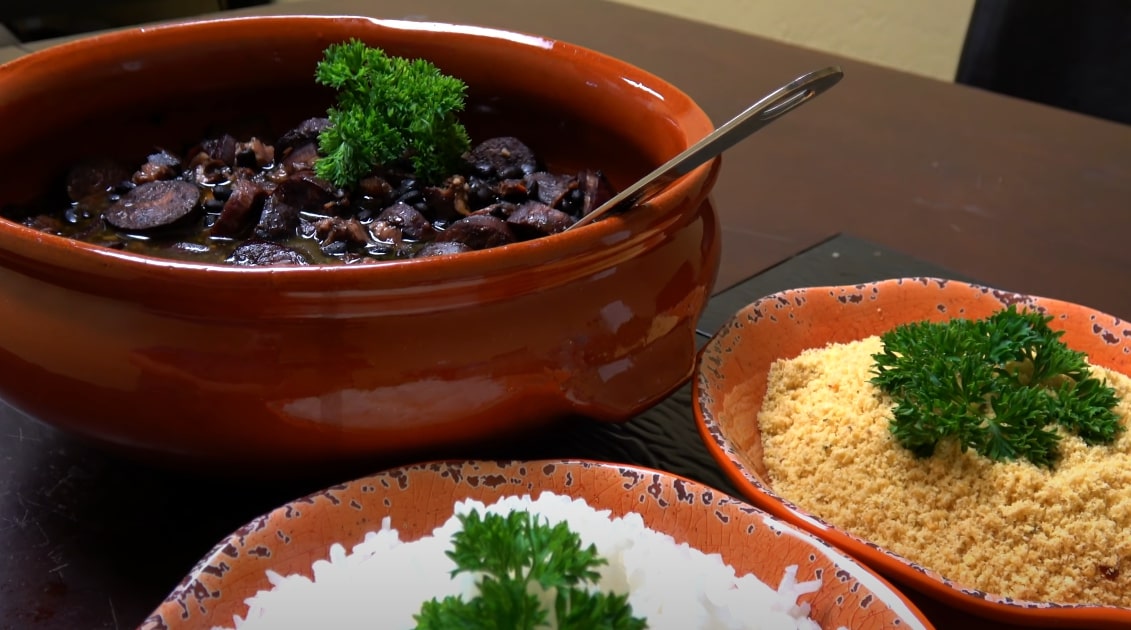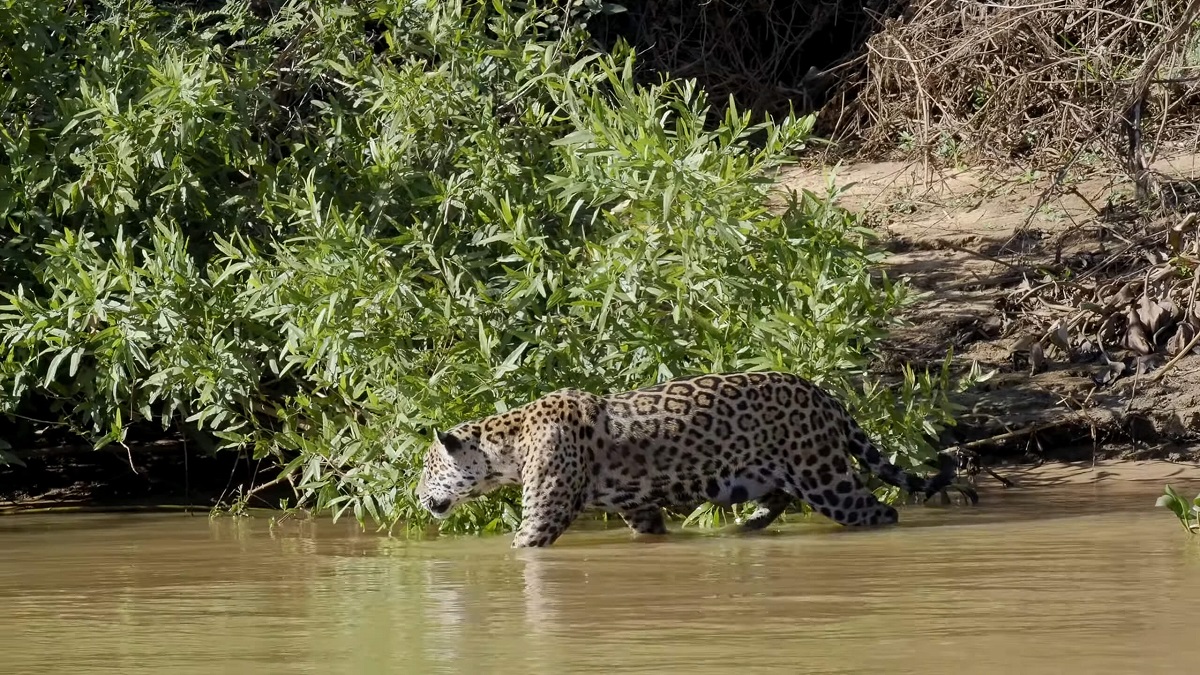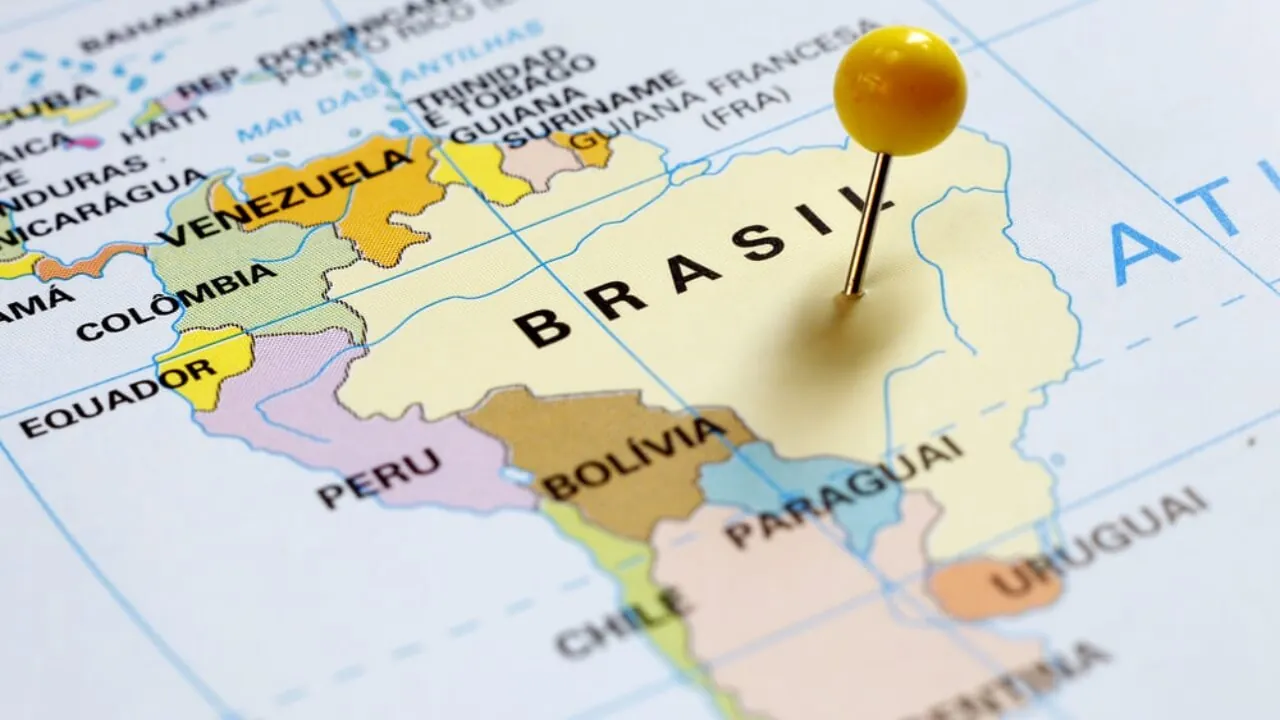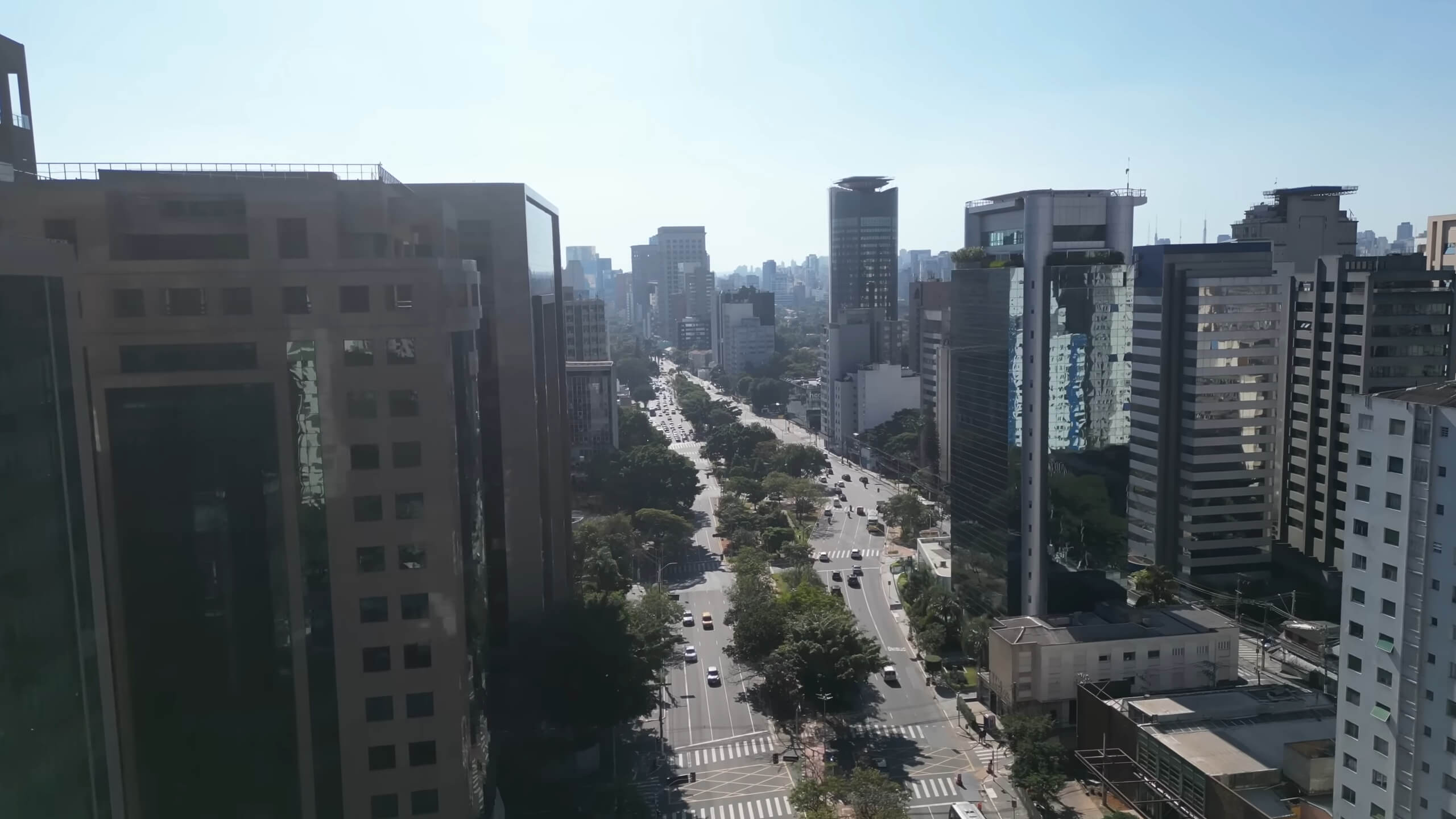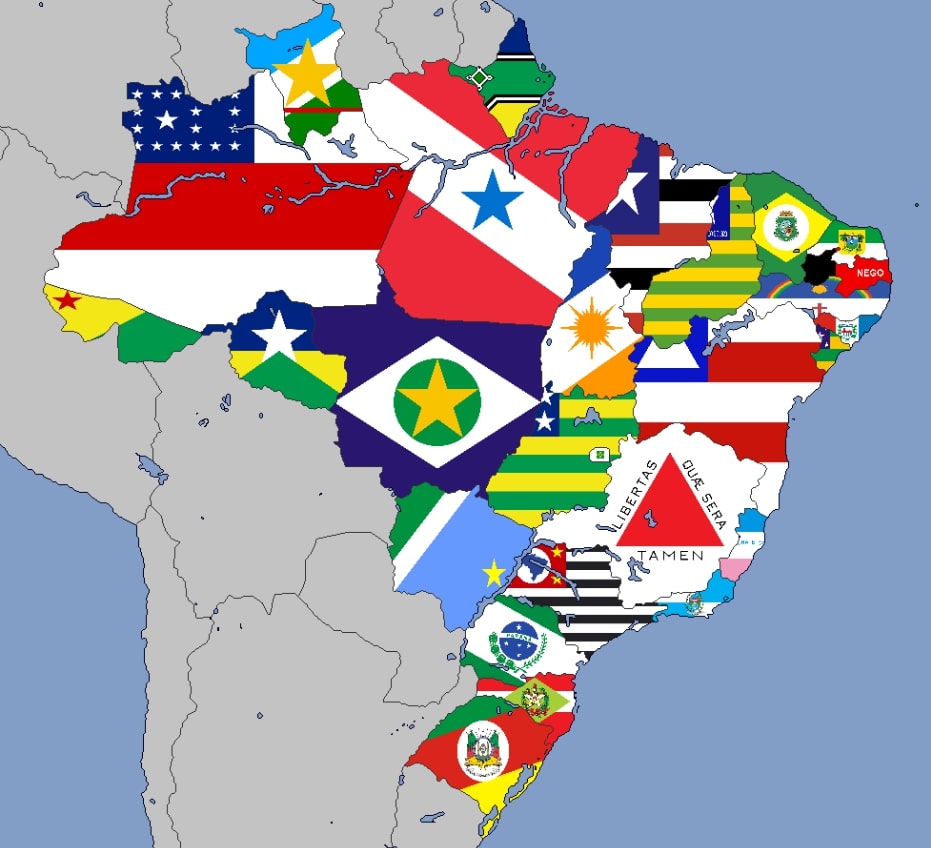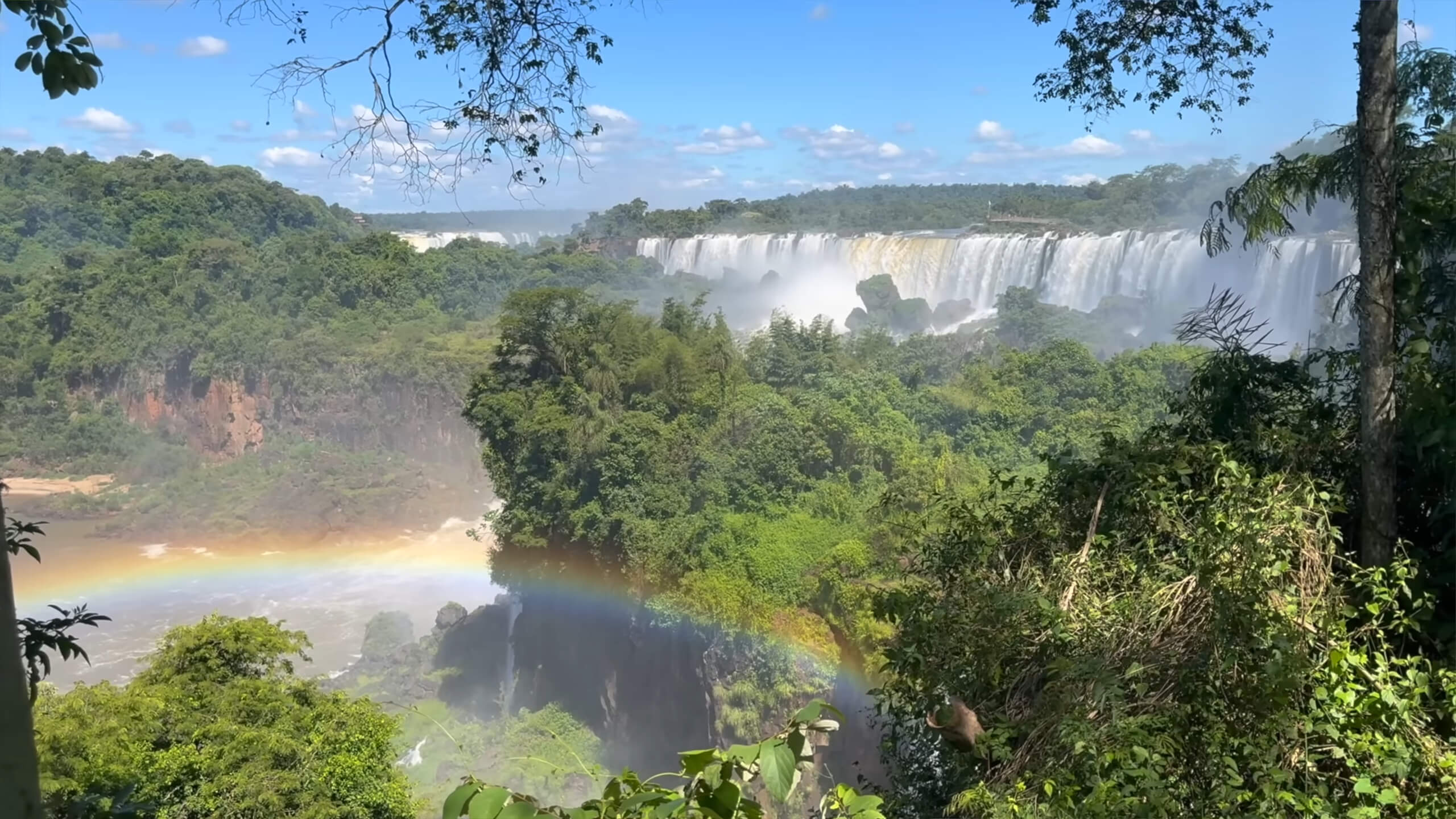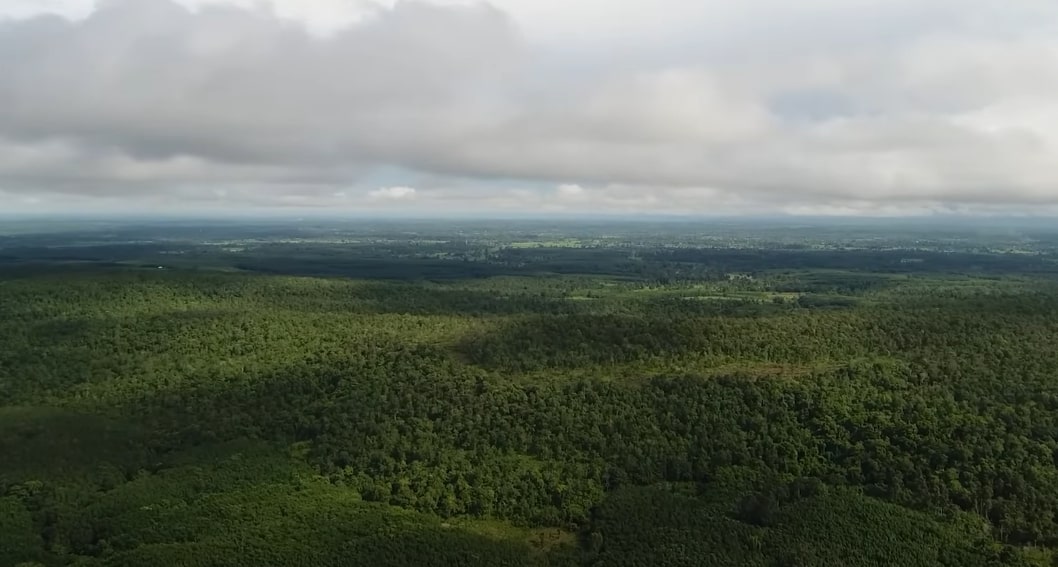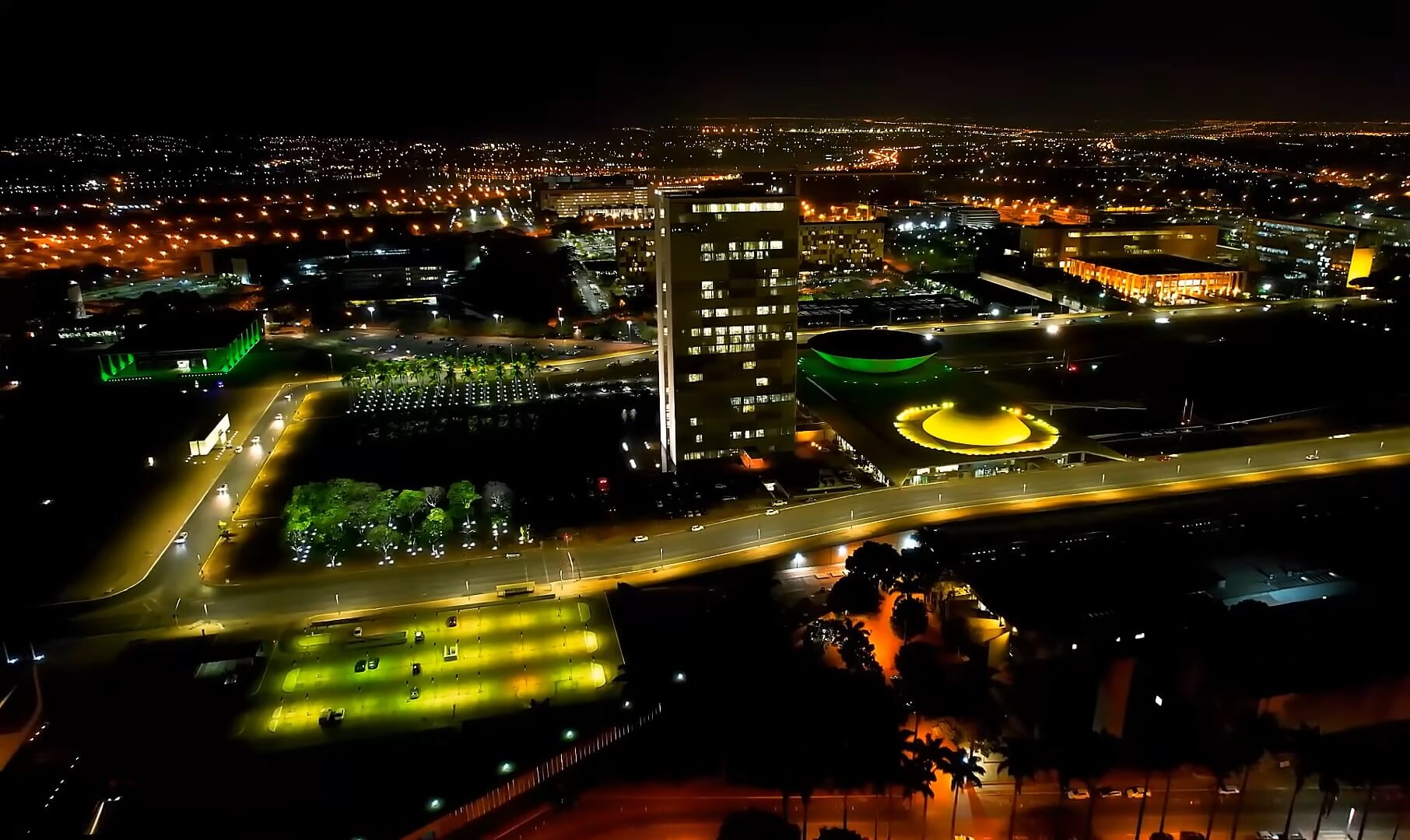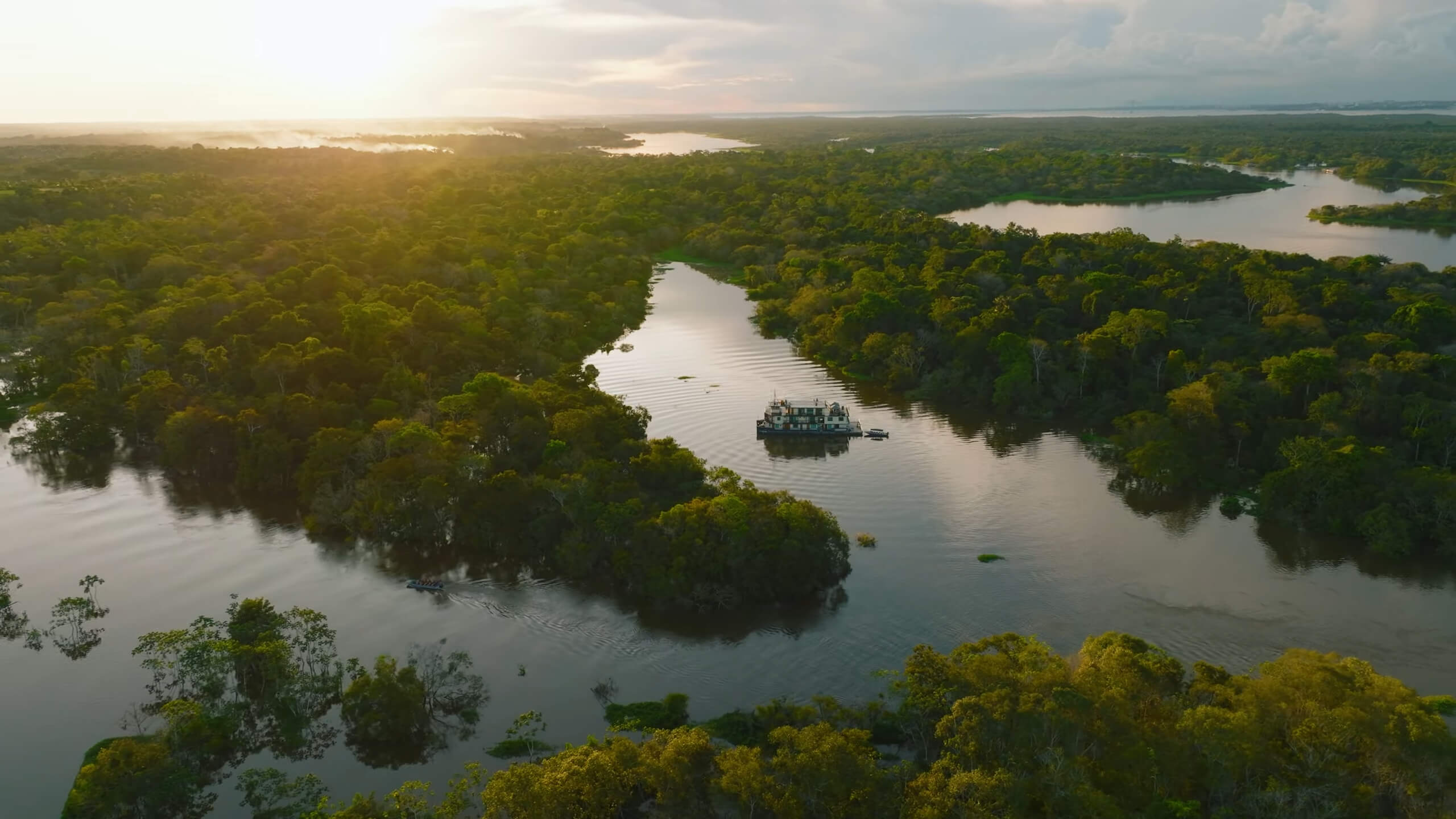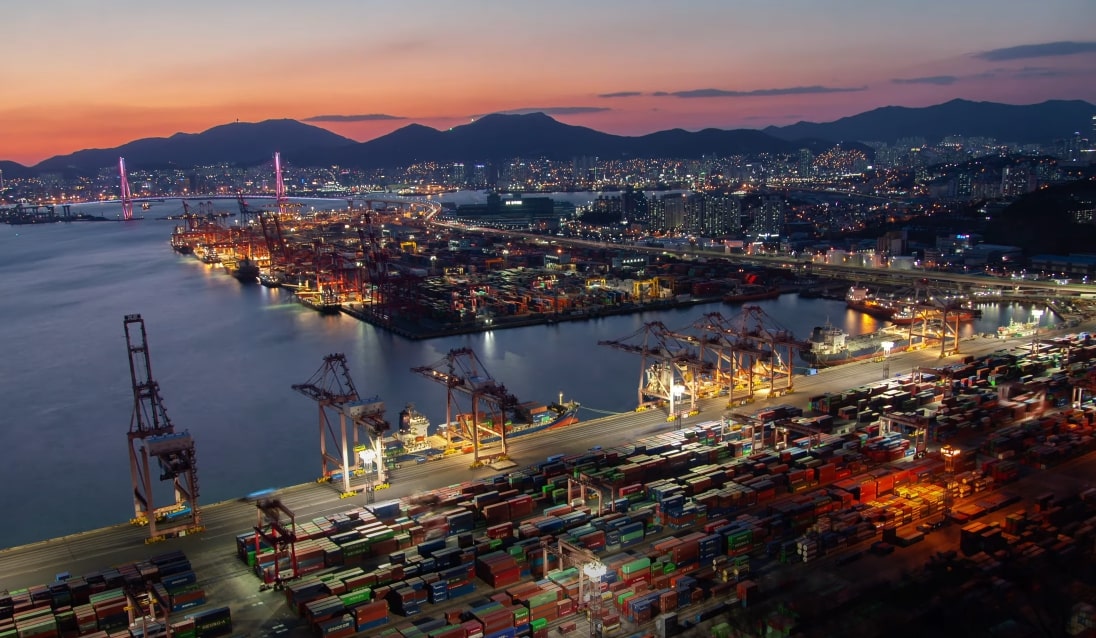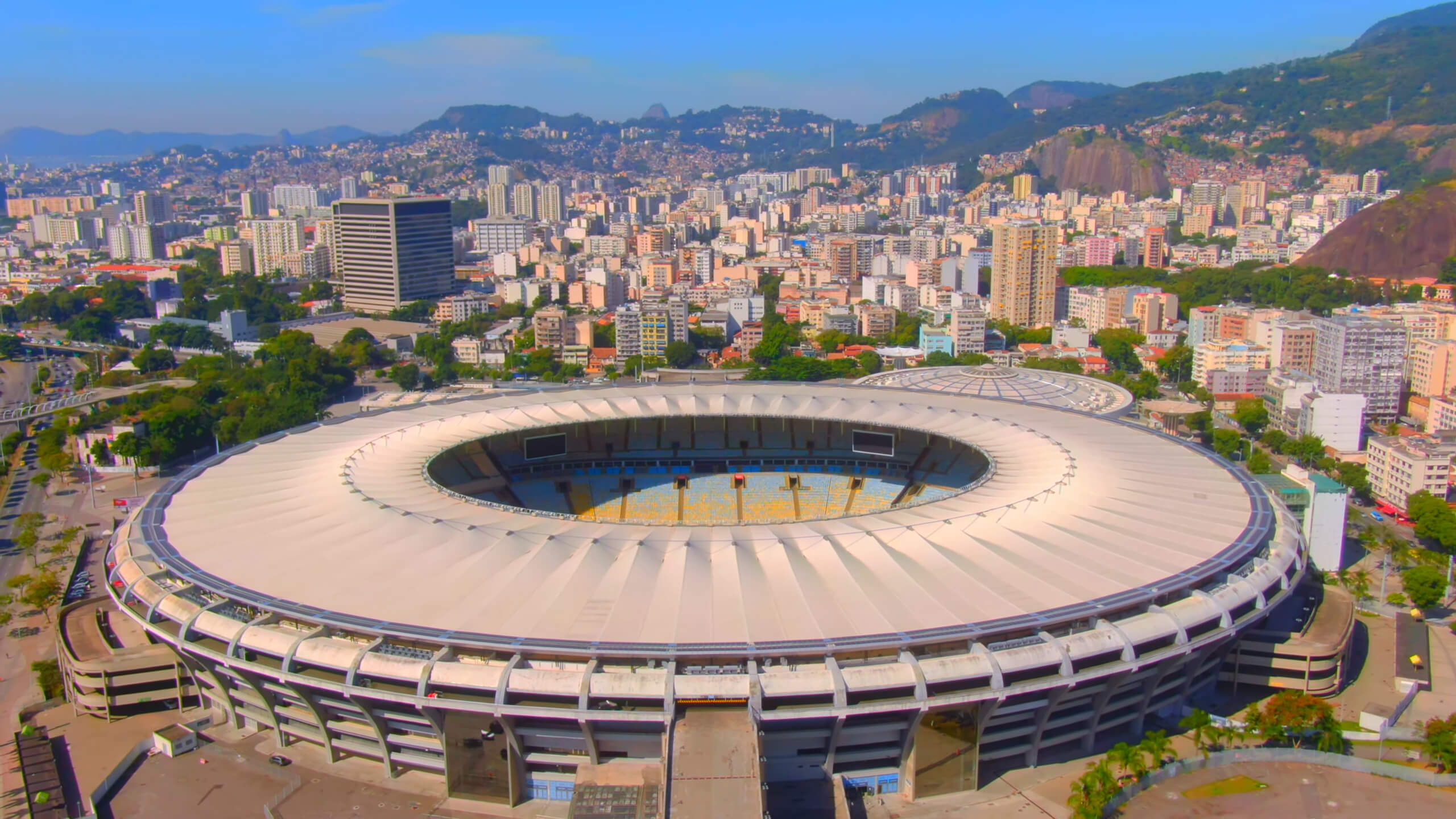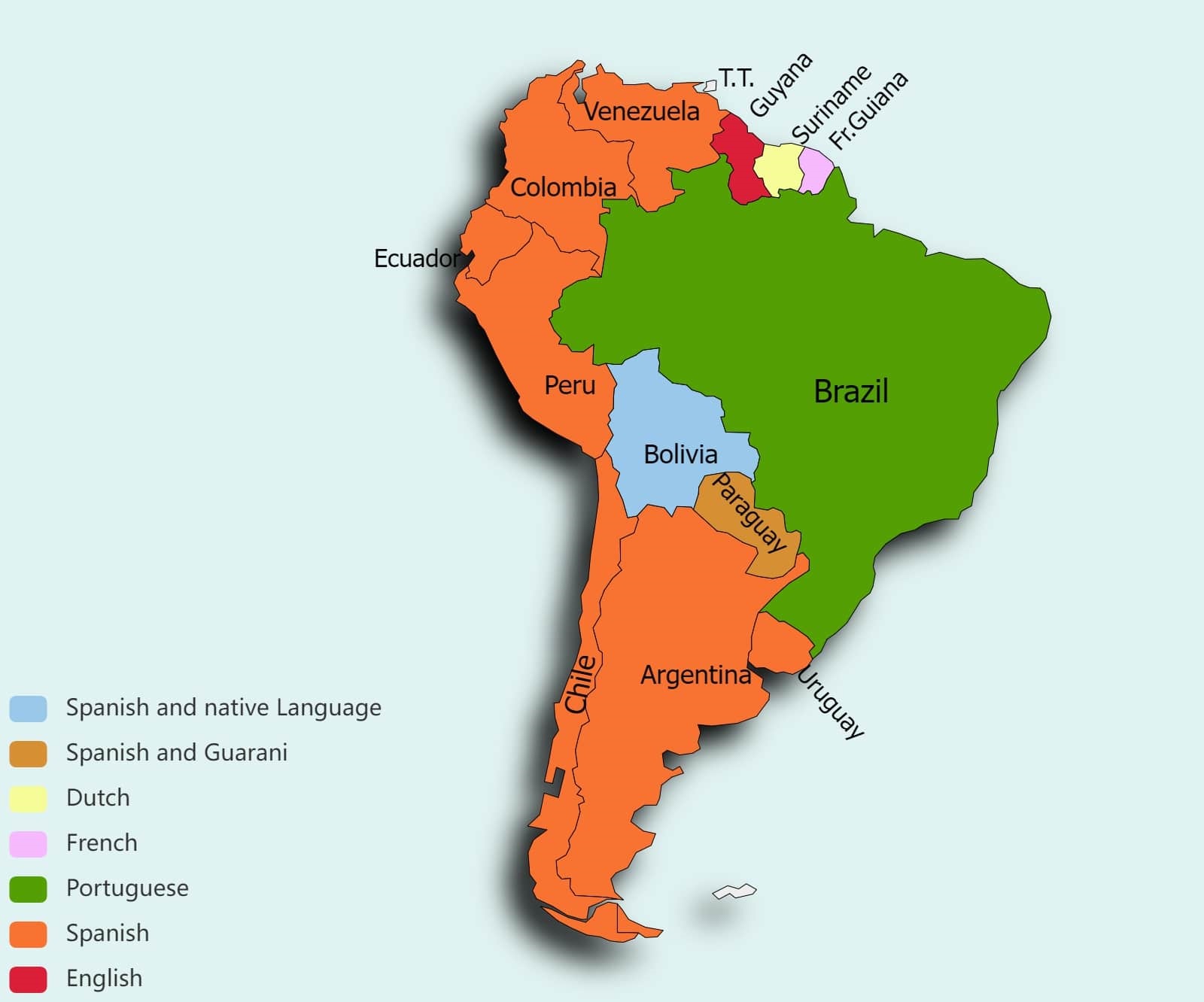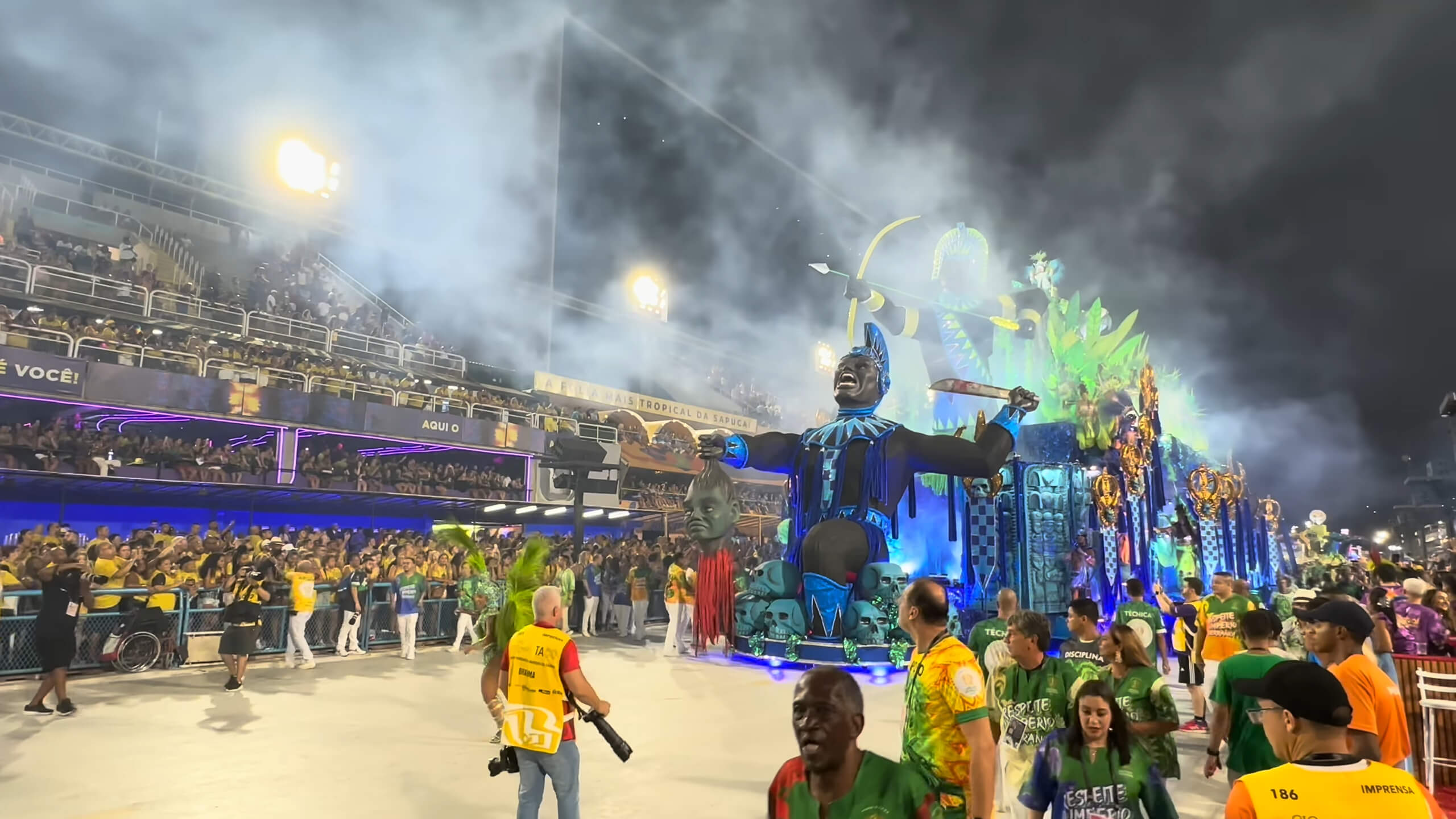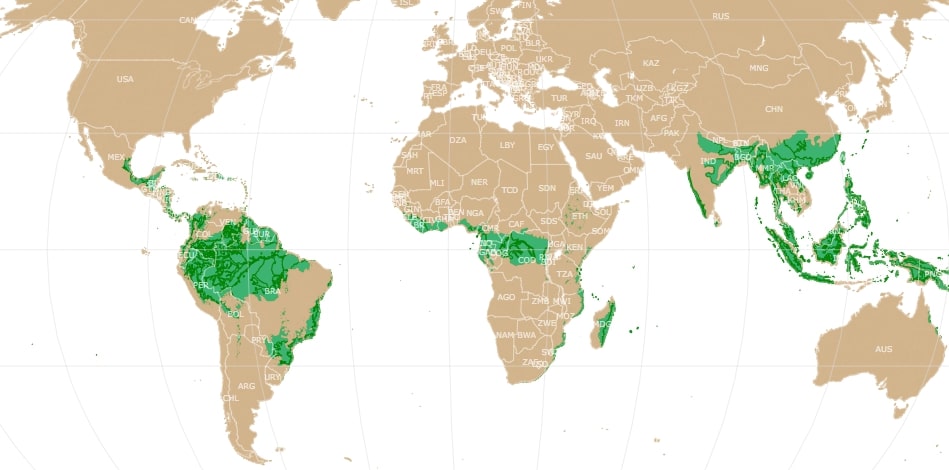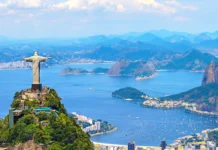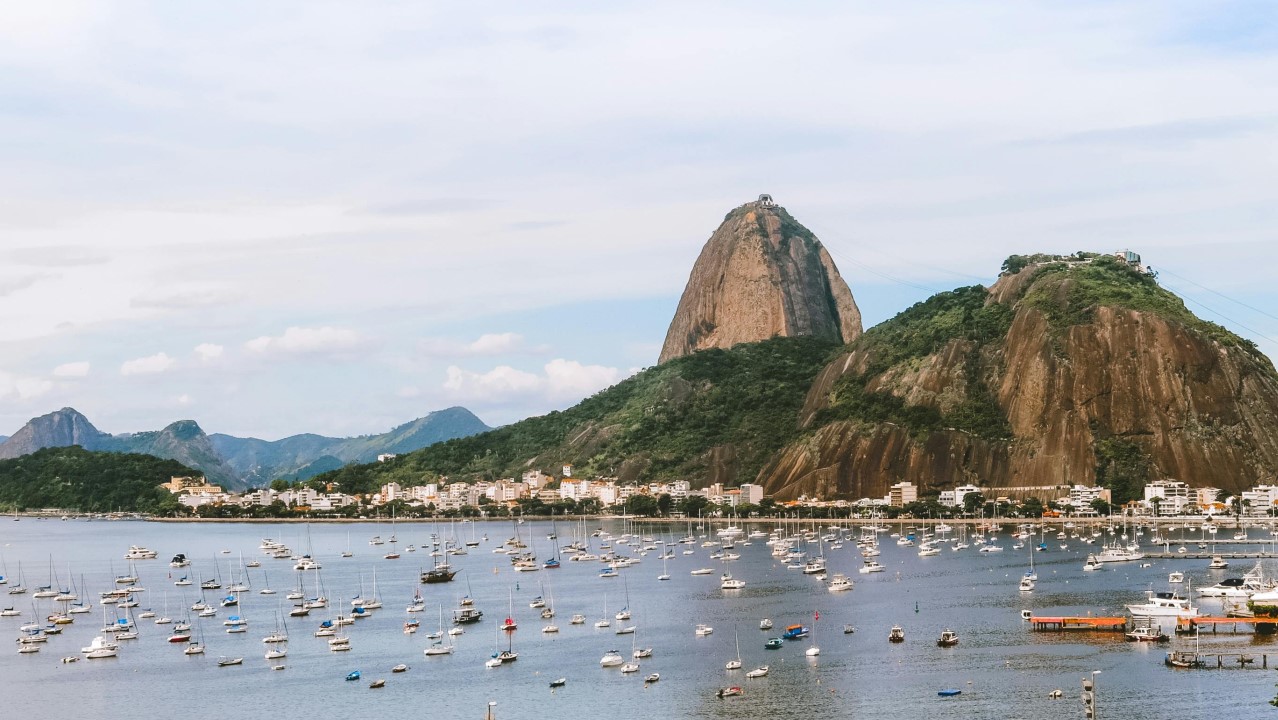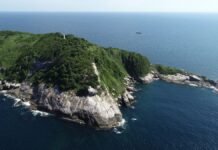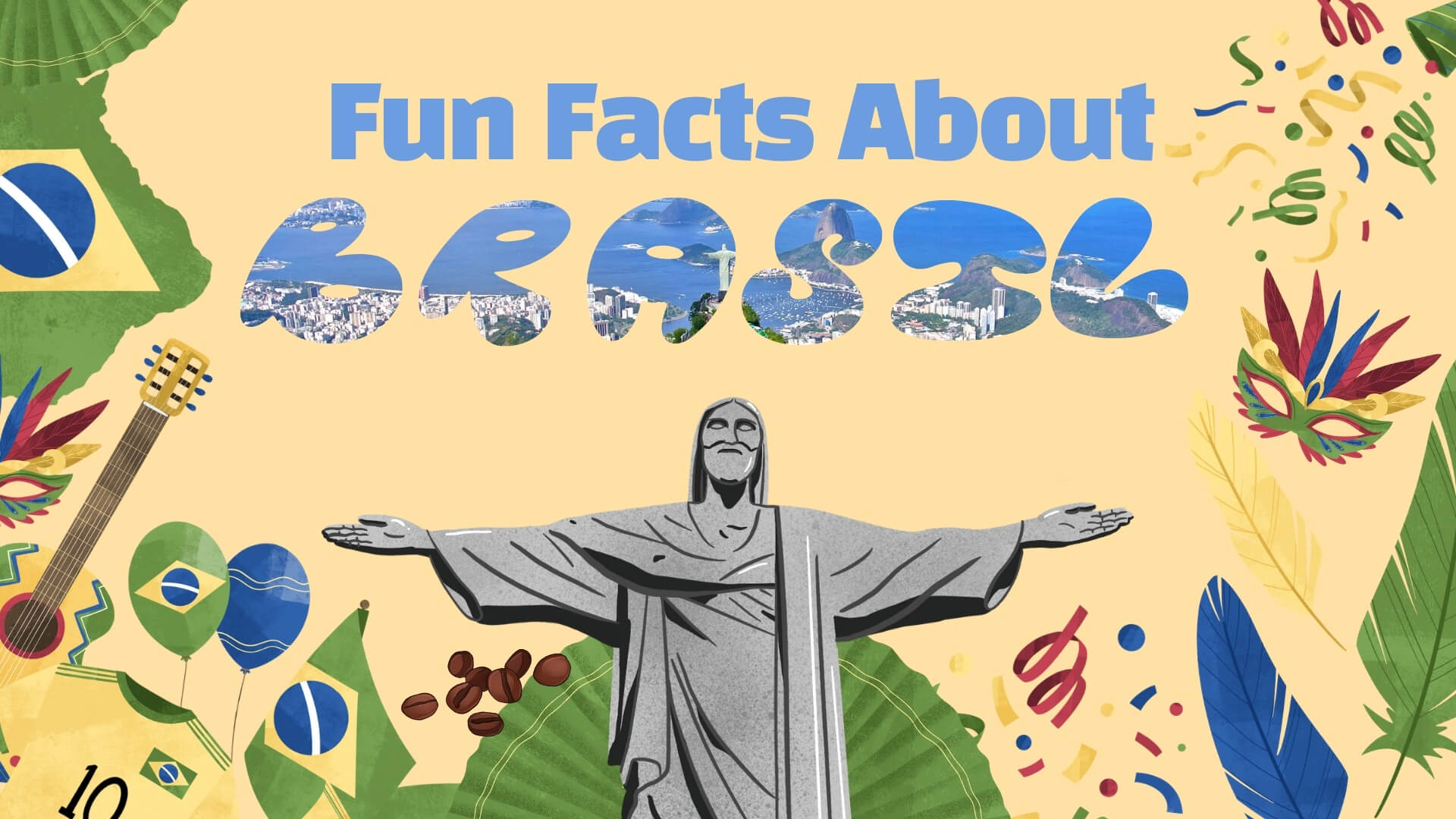
Brazil has much more to offer than what most people know. From unique cultural practices to surprising historical facts, there are fun facts about Brazil that will change the way you see this country.
In this article, we’ll explore interesting facts about Brazil that highlight its true character.
1. Brazil is Home to the Largest Japanese Population Outside Japan
Brazil is a country full of surprises, and one of the most interesting facts about Brazil is that it has the largest Japanese population outside Japan.
In the early 20th century, many Japanese immigrants came to Brazil in search of new opportunities.
Today, São Paulo is home to over 1.5 million people of Japanese descent. This community has left a strong mark on Brazilian culture, influencing everything from cuisine to celebrations.
The Liberdade neighborhood in São Paulo is the largest Japanese community outside Japan and hosts an annual festival celebrating Japanese culture.
Also, while Portuguese is the main language, it’s also common to hear German and Italian in certain regions, especially where immigrants have settled.
2. The Amazon River in Brazil is the Second-Longest River in the World
The Amazon River in Brazil spans over 4,000 miles, making it the second-longest river in the world.
It supports over 1,100 tributaries, with 17 stretching more than 1,000 miles. The basin covers 7 million square kilometers, making it the largest in the world.
The river’s basin is the largest in the world, covering around 7 million square kilometers, which is why it’s often included in any list of fun facts about Brazil.
One of the most interesting facts about Brazil is that the Amazon River discharges more water than any other river in the world, approximately 20% of the world’s freshwater into the Atlantic Ocean.
The water flow is so powerful that it can push seawater back for several miles offshore, creating a unique phenomenon where fresh water meets the sea.
Fun Fact: During the wet season, the Amazon River can expand up to 24 miles wide in some areas.
For those eager to explore the Amazon River, cities like Manaus, Belém, and Santarém are the perfect starting points.
3. Brazil Has More Than 4,000 Airports
Believe it or not, Brazil has over 4,000 airports, making it the country with the second most airports in the world, just after the United States.
This might seem surprising, but it makes sense when you think about how vast and spread out Brazil is. With its massive land area and diverse regions, air travel is a necessity, not a luxury, in many parts of the country.
Whether you’re flying into a bustling city or a remote jungle town, there’s likely an airport nearby.
Congonhas Airport in São Paulo is known for having one of the shortest and busiest runways in the world.
4. Brazil’s Christ the Redeemer Statue is the Largest Art Deco Statue in the World
Standing tall over Rio de Janeiro, the Christ the Redeemer statue is one of Brazil’s most iconic landmarks.
It stands 98 feet tall, not counting its pedestal, and is the largest Art Deco statue in the world.
Its arms stretch 92 feet wide, creating a striking sight that draws visitors from all over the world.
Interesting Fact: Lightning strikes the Christ the Redeemer statue several times a year
Brazil is a deeply religious country, with Christianity playing a central role in many people’s lives.
The Christ the Redeemer statue is a powerful symbol of this faith, and there are many festivals and events dedicated to Christianity throughout the year.
One of the most interesting places to experience these events is in Paraty, where traditional religious festivals blend with local culture.
5. Brazil is the World’s Largest Producer of Coffee
Brazil is the top coffee producer in the world and has held this title for over 150 years.
Coffee is a central part of life in Brazil, influencing both its culture and economy.
With regions like Minas Gerais and São Paulo leading the production, Brazil produces about one-third of the world’s coffee.
The country produces over 3.5 billion kilograms of coffee annually, accounting for nearly one-third of global coffee production.
This fact is a key point when discussing fun facts about Brazil. Coffee is everywhere, from bustling city cafés to quiet beachside moments.
The rich flavor of the coffee combined with the warmth of the sun and the sound of the waves makes the experience even better.
6. The Brazilian Carnival is the Largest Festival of its Kind in the World
The Brazilian Carnival is the biggest and most renowned festival of its kind in the world. Each year, millions of people from around the globe flock to Brazil to experience this incredible celebration.
From the dazzling samba parades in Rio de Janeiro to the lively street parties in Salvador, Carnival is a true reflection of Brazil’s love for music, dance, and cultural expression.
Over 70,000 costumes are created each year specifically for the Carnival parades in Rio de Janeiro.
However, Brazil is worth visiting at any time of the year. The beaches, cities, and natural beauty are always ready to welcome you, with Carnival just being the cherry on top.
7. Brazil Has the Largest Catholic Population in the World
Brazil is home to the largest Catholic population on Earth. With over 120 million Catholics, the country has a deep-rooted connection to the religion, influencing many aspects of daily life and culture.
This fact is one of the significant fun facts about Brazil that highlights the importance of faith in the country.
Catholicism plays a vital role in Brazil’s traditions, festivals, and even politics, making it a central part of the nation’s identity.
The city of Aparecida hosts the world’s second-largest church, the Basilica of the National Shrine of Our Lady of Aparecida.
8. The Amazon Rainforest in Brazil Houses One-Tenth of All Species on Earth
The Amazon Rainforest in Brazil is often called the “lungs of the Earth” for a good reason. It is home to one-tenth of all species on the planet, making it one of the most biodiverse places in the world.
This vast and vibrant ecosystem is not only crucial for the environment but is also a key point when discussing fun facts about Brazil.
The Amazon’s rich biodiversity includes countless plants, animals, and insects that are found nowhere else on Earth. Some of them are endangered species.
additional fun fact – Did you know that the Santa Catarina in the south of Brazil is the only place with snow in this country?
9. Snake Island in Brazil Has the Highest Concentration of Venomous Snakes in the World
Ilha da Queimada Grande, commonly known as Snake Island, is one of the most dangerous places on Earth.
Located off the coast of Brazil, this island has the highest concentration of venomous snakes in the world. This island is home to thousands of golden lancehead pit vipers, a species that is deadly to humans.
The golden lancehead pit viper, native to Snake Island, is believed to have a venom five times more potent than any mainland snake.
Snake Island is so hazardous that it is closed to the public, with only a few scientists allowed to visit under strict conditions.
10. Feijoada is Considered the National Dish of Brazil
Feijoada is more than just a meal in Brazil. It represents the country’s rich culinary heritage and is one of the must-try dishes.
This hearty stew made from black beans and various cuts of pork is deeply rooted in Brazilian culture. Traditionally served on Wednesdays and Saturdays, Feijoada is a dish that families and friends across the country enjoy.
For food lovers, Brazil offers some of the best cities to explore for great food. São Paulo is known for its diverse food scene, blending international flavors with Brazilian classics.
Rio de Janeiro offers iconic dishes in a setting that perfectly matches the city’s lively atmosphere.
Salvador, with its Afro-Brazilian cuisine, provides unique and flavorful dishes that reflect the rich cultural history of the region.
11. Brazil’s Official Language is Portuguese
Brazil is the largest Portuguese-speaking country in the world, with over 215 million people using Portuguese as their primary language.
This language was introduced by Portuguese colonizers in the 16th century and has remained the official language since.
Despite the vast size of Brazil, Portuguese has remained unified across the country with minimal regional variations, unlike the different dialects of Spanish spoken in various parts of Latin America.
The language unification has contributed significantly to national identity, making Portuguese a key element in Brazilian culture.
Brazilian Portuguese differs from European Portuguese in pronunciation, vocabulary, and even grammar, with over 20,000 words unique to Brazil.
Beyond its use in daily communication, Portuguese is integral to Brazil’s cultural expressions in literature, music, and media.
Famous Brazilian authors like Jorge Amado and Paulo Coelho have had their works translated into many languages worldwide.
Additionally, Brazilian music genres like Samba and Bossa Nova have gained international recognition, with lyrics predominantly in Portuguese.
12. The Pantanal in Brazil is the World’s Largest Tropical Wetland
The Pantanal spans over 42 million acres, primarily located in the Brazilian states of Mato Grosso and Mato Grosso do Sul.
This wetland is a UNESCO World Heritage Site and is considered one of the most biologically diverse regions on the planet. Unlike the Amazon Rainforest, which can be dense and difficult to navigate, the Pantanal is known for its open landscapes, making wildlife more visible.
The ecosystem is home to hundreds of species, including jaguars, capybaras, giant otters, and a vast array of bird species, attracting nature enthusiasts from around the world.
The Pantanal is home to the world’s largest population of jaguars.
The Pantanal faces environmental challenges such as deforestation, pollution, and agricultural expansion.
Despite being less well-known than the Amazon, it plays a critical role in maintaining regional biodiversity.
Conservation efforts have been ongoing, focusing on protecting endangered species and preserving water resources.
13. Brazil Shares Borders with Almost Every South American Country
Brazil is geographically positioned at the center of South America, sharing borders with 10 of the continent’s 12 countries.
These countries include Argentina, Bolivia, Colombia, Guyana, Paraguay, Peru, Suriname, Uruguay, Venezuela, and French Guiana (a territory of France).
The extensive shared borders have made Brazil a critical player in South American politics, trade, and cultural exchanges.
The Brazilian economy is closely linked to these neighboring countries, and initiatives like the Mercosur trade bloc have strengthened regional cooperation, with Brazil playing a leading role.
This geographic positioning also presents challenges and opportunities in terms of border management and security.
Brazil has implemented various cross-border agreements with its neighbors to facilitate trade, combat drug trafficking, and manage migration.
14. Soccer (Football) is Brazil’s Most Popular Sport, and the Country Has Won the FIFA World Cup Five Times
Soccer, or football as it’s known locally, is ingrained in Brazilian culture, transcending sports to become a vital part of national identity.
Brazil’s five FIFA World Cup victories (1958, 1962, 1970, 1994, and 2002) are a testament to the country’s rich footballing history.
Legendary players like Pelé, Zico, Romário, Ronaldo, and Ronaldinho have cemented Brazil’s reputation as a football powerhouse.
The country’s football philosophy, characterized by creativity and flair, has made the Brazilian national team one of the most admired worldwide.
The 1970 World Cup-winning team is often considered the greatest football team in history, featuring legends like Pelé and Tostão.
The sport is deeply rooted in everyday Brazilian life, from children playing in the streets to professional leagues and clubs with passionate fan bases.
Stadiums like the Maracanã in Rio de Janeiro are iconic symbols of Brazil’s football culture. Hosting major tournaments, such as the 2014 World Cup and the 2016 Olympics, has further solidified Brazil’s place on the global sports stage.
15. The Amazon Rainforest Produces 20% of the World’s Oxygen
The Amazon Rainforest, often referred to as the “Lungs of the Earth,” plays a crucial role in the global environment by producing around 20% of the world’s oxygen.
Covering 60% of Brazil’s territory, the Amazon is the largest tropical rainforest in the world, extending into neighboring countries like Peru, Colombia, and Venezuela.
The rainforest is home to millions of plant and animal species, some of which have yet to be discovered.
Its vast network of trees absorbs large amounts of carbon dioxide, helping to regulate the Earth’s climate and mitigate the effects of global warming.
However, the Amazon is under constant threat due to deforestation, illegal logging, and agricultural expansion, particularly for cattle ranching and soybean production.
International efforts, along with Brazilian government policies, aim to curb deforestation and promote sustainable development, though progress remains uneven.
16. São Paulo is the Largest City in South America and One of the Most Populous Cities Globally
São Paulo, Brazil’s largest city, is a bustling metropolis home to over 21.7 million people(metro area), making it the most populous city in South America.
As Brazil’s financial and industrial hub, São Paulo drives the country’s economy and serves as a gateway for business and innovation in Latin America.
The city’s diverse population reflects its role as a melting pot of cultures, with significant Italian, Japanese, and Arab communities, among others.
São Paulo’s ethnic diversity includes over 100 different nationalities, making it one of the most multicultural cities in the world.

Despite these issues, São Paulo remains a key destination for international events, conferences, and trade fairs.
It is also a cultural powerhouse, with numerous museums, theaters, and music venues that attract visitors from across the world.
17. Brazil is One of the World’s Most Biodiverse Countries, with Over 70,000 Plant Species
Brazil is among the most biodiverse countries on the planet, housing approximately 20% of the world’s known species.
The country is home to over 70,000 plant species, including unique flora found in the Amazon Rainforest, the Cerrado savannah, the Atlantic Forest, and the Pantanal wetlands.
The Amazon alone contains more than 16,000 tree species and a vast array of medicinal plants, many of which are vital to local and indigenous communities.
The diverse ecosystems support a wide range of wildlife, from jaguars and anacondas to rare and endangered bird species.
Brazil is home to 15% of the world’s known animal species, including some found nowhere else, such as the golden lion tamarin.
Despite its rich biodiversity, Brazil faces significant environmental challenges, particularly due to deforestation and habitat destruction.
Efforts to preserve this biodiversity include establishing protected areas, implementing sustainable farming practices, and engaging in reforestation projects.
18. The Country Has 26 States and One Federal District
Brazil is divided into 26 states and one federal district, which houses the capital city, Brasília.
Each state operates with a degree of autonomy under Brazil’s federal system, managing its own resources, education, and healthcare systems.
The states are grouped into five major regions: North, Northeast, Southeast, South, and Central-West, each with its distinct cultural, economic, and geographic characteristics.
The Southeast region, home to São Paulo and Rio de Janeiro, is the country’s most economically developed area, while the North, dominated by the Amazon Rainforest, is the least densely populated.
The state of Amazonas alone is larger than the whole of France, covering over 1.5 million square kilometers.
19. Rio de Janeiro is Famous for its Copacabana and Ipanema Beaches
Rio de Janeiro, one of Brazil’s most iconic cities, is world-renowned for its stunning beaches, particularly Copacabana and Ipanema.
These beaches are not only tourist hotspots but also central to the city’s social life, where locals, known as “cariocas,” gather for sunbathing, volleyball, and festive gatherings.
The combination of white sands, crystal-clear waters, and the backdrop of Sugarloaf Mountain makes these beaches some of the most picturesque in the world.
Ipanema Beach, in particular, gained international fame through the hit song “The Girl from Ipanema,” cementing its place in popular culture.
The Copacabana beach promenade was designed in the 1930s in a wave pattern inspired by Portuguese pavement techniques.
While these beaches are symbols of relaxation and beauty, they are also closely tied to Rio’s urban culture. Beach kiosks, live music, and street vendors contribute to the lively atmosphere that defines Rio’s beach scene.
20. Brazil’s Flag Symbolizes the Country’s Natural Wealth
Brazil’s national flag is rich in symbolism, reflecting the country’s history and natural resources.
The green background represents Brazil’s lush forests, particularly the Amazon, while the yellow diamond signifies the nation’s wealth, specifically the gold once found in abundance.
At the center of the flag is a blue globe with 27 white stars, each representing a state and the federal district.
The stars are arranged in a pattern that mirrors the night sky over Rio de Janeiro as it appeared on November 15, 1889, the date of Brazil’s declaration as a republic.
The blue globe in the center of the flag includes 27 stars arranged to mirror the constellation seen from Rio de Janeiro on Brazil’s Republic Day.
The flag’s motto, “Ordem e Progresso” (Order and Progress), is inspired by the ideas of French philosopher Auguste Comte, reflecting the country’s aspirations for development and unity.
The flag is a powerful symbol of national pride, prominently displayed during sporting events, national holidays, and political demonstrations.
21. The Iguazu Falls is One of the World’s Most Impressive Waterfall Systems
The Iguazu Falls, located on the border between Brazil and Argentina, is one of the most spectacular natural wonders in the world.
This massive waterfall system consists of 275 individual falls stretching nearly 2 miles in length, with the highest drop reaching over 260 feet. The falls are part of the Iguazu National Park, a UNESCO World Heritage Site, and draw visitors from around the globe.
The Brazilian side of the falls offers panoramic views, allowing visitors to fully appreciate the sheer scale and power of the cascades.
The falls can produce an average flow of 1,500 cubic meters of water per second during peak season.
Apart from their stunning beauty, the Iguazu Falls hold ecological importance, supporting a rich biodiversity in the surrounding rainforests.
The park is home to numerous endangered species, including jaguars, tapirs, and a wide variety of birds.
22. The Amazon Rainforest is Known as the “Lungs of the Earth”
The Amazon Rainforest is often referred to as the “Lungs of the Earth” due to its critical role in absorbing carbon dioxide and producing oxygen.
Spanning approximately 2.1 million square miles, the Amazon is the largest tropical rainforest in the world and covers about 60% of Brazil’s landmass.
It is home to around 390 billion individual trees from over 16,000 species. This dense network of trees and plants is responsible for generating a significant portion of the world’s oxygen supply and plays a key role in stabilizing the global climate.
The rainforest hosts around 400 billion trees, storing up to 86 billion tons of carbon dioxide.
The rainforest is also a biodiversity hotspot, housing around 10% of all known species on Earth.
However, the Amazon is under severe threat from deforestation, illegal logging, and agricultural activities.
23. Brazil Hosted the FIFA World Cup in 1950 and 2014
Brazil has a storied history with the FIFA World Cup, hosting the tournament twice—in 1950 and 2014.
The 1950 World Cup was particularly significant as it marked the first edition of the tournament after World War II.
The event is famously remembered for the “Maracanazo,” when Uruguay defeated Brazil in the final match at the Maracanã Stadium, leaving Brazilian fans heartbroken.
The match became a defining moment in Brazilian sports history and has been deeply ingrained in the nation’s cultural memory.
The 1950 World Cup final at Maracanã attracted an estimated crowd of 199,854 people, still the largest attendance in a football match.
In contrast, the 2014 World Cup brought a mix of celebration and disappointment. While the tournament showcased Brazil’s passion for football and its ability to host large-scale international events, it also ended in tragedy for the Brazilian team.
The historic 7-1 defeat to Germany in the semifinals remains one of the most shocking results in World Cup history.
24. Brasília, Brazil’s Capital, Was Planned and Constructed in Just 41 Months
Brasília, Brazil’s capital, is a marvel of urban planning and modernist architecture, built in just 41 months between 1956 and 1960.
Designed by Brazilian architect Oscar Niemeyer and urban planner Lúcio Costa, Brasília was conceived as a symbol of Brazil’s modernization and forward-looking vision.
The layout resembles an airplane, with sectors dedicated to government buildings, residential areas, and commercial zones. Brasília’s architectural style is characterized by its bold, futuristic designs, making it a UNESCO World Heritage Site.
25. Samba and Bossa Nova are Popular Music Genres that Originated in Brazil
Brazil’s rich musical heritage is exemplified by genres like Samba and Bossa Nova, which have had a profound impact on global music.
Samba, with its infectious rhythms and vibrant dance, originated in Rio de Janeiro’s Afro-Brazilian communities in the early 20th century.
The genre became synonymous with Carnival and Brazilian identity, with iconic songs and performances that capture the spirit of joy and celebration.
Samba’s influence extends beyond Brazil, inspiring music and dance styles across Latin America and beyond.
Samba is traditionally performed with a “cavaquinho,” a small four-stringed guitar, along with percussion instruments.
Bossa Nova, a more relaxed and melodic genre, emerged in the 1950s and gained international fame through artists like João Gilberto and Antonio Carlos Jobim.
The genre blends traditional Samba rhythms with jazz influences, creating smooth and sophisticated tunes that became popular worldwide.
Hits like “The Girl from Ipanema” brought Bossa Nova to global audiences, establishing Brazil as a significant force in the music world.
26. The Amazon Rainforest Covers 60% of Brazil’s Territory
The Amazon Rainforest is vast, covering approximately 60% of Brazil’s land area, making it a critical component of the country’s geography and environmental health.
This expansive forest is not only important for Brazil but also for the world, acting as a significant carbon sink that helps mitigate climate change.
The Amazon region is so remote that there are still uncontacted tribes living deep within its forests.
Despite its importance, the Amazon faces ongoing threats from illegal logging, mining, and land conversion for agriculture.
Deforestation rates have spiked in recent years, leading to loss of habitat and increased carbon emissions.
The Brazilian government, alongside international organizations, has been working to implement sustainable development practices and conservation measures.
27. The Name Brazil Comes from the Brazilwood Tree, Once a Major Export
Brazil’s name is derived from the Brazilwood tree (Pau-Brasil), which was once a major export during the colonial period. In the 16th century, Portuguese explorers discovered the tree, which produced a valuable red dye used in textiles.
The wood was in high demand in Europe, leading to large-scale extraction and exportation. The abundance of Brazilwood in the region was so significant that the Portuguese named the new land after it, giving birth to the name “Brasil.”
The Brazilwood tree’s dye was so highly valued that it was more expensive than gold in the 16th century.
The extraction of Brazilwood had lasting effects on the country’s environment and economy, as it marked the beginning of commercial exploitation of Brazil’s natural resources.
Today, the Brazilwood tree is protected, and efforts are being made to restore its populations through conservation projects.
28. Brazil Has One of the Largest Economies in the World
Brazil is the largest economy in Latin America and ranks among the top economies globally. With a diverse economic base that includes agriculture, mining, manufacturing, and services, Brazil is a key player in international trade and finance.
The country is one of the world’s leading producers of commodities like coffee, soybeans, iron ore, and beef.
Brazil’s industrial sector is also well-developed, with strong automotive, aerospace, and petrochemical industries.
The financial center of São Paulo plays a crucial role in global markets, attracting significant foreign investment.
Brazil is the world’s largest producer of both sugarcane and ethanol.
However, Brazil’s economy faces challenges, including income inequality, corruption, and political instability.
Despite these issues, Brazil remains an emerging market with significant growth potential, driven by a large consumer base and abundant natural resources.
29. The Country Celebrates Independence Day on September 7th
Brazil celebrates its Independence Day on September 7th, marking the day in 1822 when the country declared its independence from Portugal.
The declaration, famously known as the “Cry of Ipiranga,” was made by Dom Pedro I, the then Prince Regent, who became Brazil’s first emperor.
Independence was achieved relatively peacefully compared to other Latin American countries, with minimal conflict between Brazil and Portugal.
This day is commemorated across the country with parades, cultural events, and military displays, reflecting national pride and unity.
Independence was declared on the banks of the Ipiranga River in São Paulo, an event immortalized in a famous painting by Pedro Américo.
In the capital, Brasília, a grand parade takes place, featuring military personnel, government officials, and performances showcasing Brazilian culture.
30. The Maracanã Stadium in Rio de Janeiro is One of the Largest Football Stadiums in the World
The Maracanã Stadium in Rio de Janeiro is a legendary sports venue and a symbol of Brazilian football culture.
Originally built for the 1950 FIFA World Cup, the stadium once held a record capacity of 200,000 spectators, making it the largest stadium in the world at the time.
While renovations and safety regulations have since reduced its capacity to around 78,000, it remains one of the most iconic stadiums globally.
The Maracanã has hosted countless historic matches, including the 1950 and 2014 World Cup finals, and is home to some of Brazil’s top football clubs.
31. Brazil is the Only Country in South America Where Portuguese is Spoken
Brazil stands out in South America as the only country where Portuguese is the official language.
While the rest of the continent predominantly speaks Spanish, Brazil’s Portuguese heritage dates back to its colonization by Portugal in the 16th century.
The language has evolved uniquely within Brazil, incorporating indigenous, African, and immigrant influences, resulting in distinct regional accents and expressions.
32. The Rio Carnival Attracts Over Two Million People Each Day During its Festivities
The Rio Carnival is the world’s largest and most famous carnival, attracting millions of visitors each year.
Held annually before Lent, the event is a spectacular celebration of music, dance, and culture, featuring parades, street parties, and elaborate costumes.
The event generates around $1 billion in tourism revenue each year.
The highlight of the carnival is the Sambadrome parade, where samba schools compete with vibrant performances that showcase their creativity and rhythm.
33. The Amazon Basin in Brazil Contains Around 40% of the World’s Tropical Forests
The Amazon Basin, which covers large portions of Brazil, is home to approximately 40% of the world’s tropical forests.
This vast and diverse ecosystem is a vital source of global biodiversity and plays a crucial role in regulating the Earth’s climate.
The basin includes the world’s largest rainforest, as well as thousands of rivers, including the mighty Amazon River.
The region’s forests and wetlands are home to countless species of plants, animals, and microorganisms, many of which are found nowhere else on Earth.
34. Capoeira, a Blend of Martial Arts and Dance, Originated in Brazil
Capoeira is a unique cultural expression that blends martial arts, dance, music, and acrobatics, originating from Brazil’s Afro-Brazilian communities in the 16th century.
Developed by enslaved Africans as a way to disguise combat training as a dance, Capoeira became a symbol of resistance and resilience.
Capoeira was originally disguised as a folk dance to avoid detection by colonial authorities during slavery.
Practitioners, known as capoeiristas, engage in fluid and rhythmic movements accompanied by traditional music played on instruments like the berimbau and atabaque. The art form has spread globally, with Capoeira schools found in many countries.
35. Brazil Has 4 Time Zones
Brazil spans four time zones due to its vast size. Brasília Time is the standard, but western regions follow different local times.
Before 2019, daylight saving time added another layer of variation, but it was abolished to maintain consistency.
36. Brasília Has the Widest Road in the World
The Monumental Axis in Brasília holds the record for the world’s widest road. This massive avenue can fit up to 160 cars side by side.
The road was designed as part of the modernist urban planning, symbolizing Brazil’s ambitious development.
37. Brazil is the Only Country Crossed by Both the Equator and the Tropic of Capricorn
Brazil is the only nation in the world that lies across both the Equator and the Tropic of Capricorn.
Such a unique positioning gives the country a variety of climates, ranging from equatorial rainforests in the north to temperate regions in the south.
38. Brazil Has a Fully Electronic Voting System
Brazil was one of the first countries to implement a fully electronic voting system. Introduced in 1996, the system allows for quick and efficient elections.
The digital ballots significantly reduce the chances of voter fraud and manual counting errors.
39. Brazilians Have Unique New Year Traditions
On New Year’s Eve, many Brazilians wear white clothing for good luck and prosperity. A popular tradition includes jumping over seven waves in the ocean, with each jump representing a wish for the coming year.
These customs are especially popular in coastal cities like Rio de Janeiro and Salvador.
40. The Vira-Lata Caramelo is Brazil’s National Dog

The caramel-colored stray dog, known as “vira-lata caramelo,” has become a cultural icon in Brazil.
These friendly and resilient dogs are found across the country and have even been featured in advertisements, memes, and official campaigns.
Another very popular dog is Fila Brasileiro.
41. A Rare Tapir Was Rediscovered in Brazil After a Century
Scientists recently rediscovered a species of South American tapir in Brazil’s Atlantic Forest, a species believed to have been extinct for over 100 years.
The discovery highlights the incredible biodiversity still hidden in the vast wilderness areas.
FAQs
What is the best time to visit Brazil?
The best time to visit Brazil depends on the region you want to explore. Generally, the dry season from May to September is ideal for visiting most areas, including the Amazon, Pantanal, and Rio de Janeiro. For Carnival enthusiasts, February or March is the peak time.
What are some unique traditions in Brazil?
Brazil is known for its culture and unique traditions like Festa Junina, a celebration in June with traditional dances and foods, and the Afro-Brazilian festival of Candomblé, which combines African spiritual practices with Catholicism.
How dangerous is Brazil for tourists?
While Brazil has areas with high crime rates, most tourist destinations are relatively safe if you take common precautions. Stick to well-populated areas, avoid displaying valuables, and always research the specific places you plan to visit.
What food is Brazil famous for besides feijoada?
Apart from feijoada, Brazil is famous for dishes like pão de queijo (cheese bread), acarajé (a fried ball made from black-eyed peas), and moqueca (a seafood stew). Brazilian barbecue (churrasco) is also widely known.
Is it easy to travel between cities in Brazil?
Traveling between major cities in Brazil is relatively easy, with several domestic airlines offering flights. The country’s vast size makes air travel the most efficient option. Buses are a popular alternative for shorter distances.
What are some must-see natural attractions in Brazil?
In addition to the Amazon Rainforest and Iguazu Falls, must-see natural attractions include Lençóis Maranhenses National Park, Chapada Diamantina, and the Fernando de Noronha archipelago.
Do Brazilians celebrate Halloween?
While not traditionally a Brazilian holiday, Halloween has gained popularity in recent years, especially in urban areas where people host costume parties and trick-or-treat events. The celebration, however, is more low-key compared to the U.S.
How do you say ‘thank you’ in Brazilian Portuguese?
In Brazilian Portuguese, ‘thank you’ is “obrigado” if you’re male and “obrigada” if you’re female.
Last Words
Brazil is a country full of surprises, with so much to offer, from its deep cultural roots to its incredible natural wonders.
Whether you’re interested in its unique traditions or the stunning diversity of its landscapes, there’s always something new to learn.
These fun facts are just a glimpse into what makes Brazil truly special.
If you ever get the chance to visit, you’ll find that there’s even more to discover firsthand.

